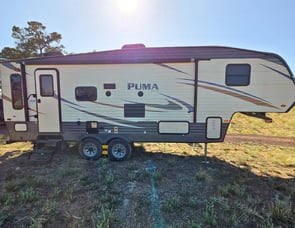Grand Canyon National Park
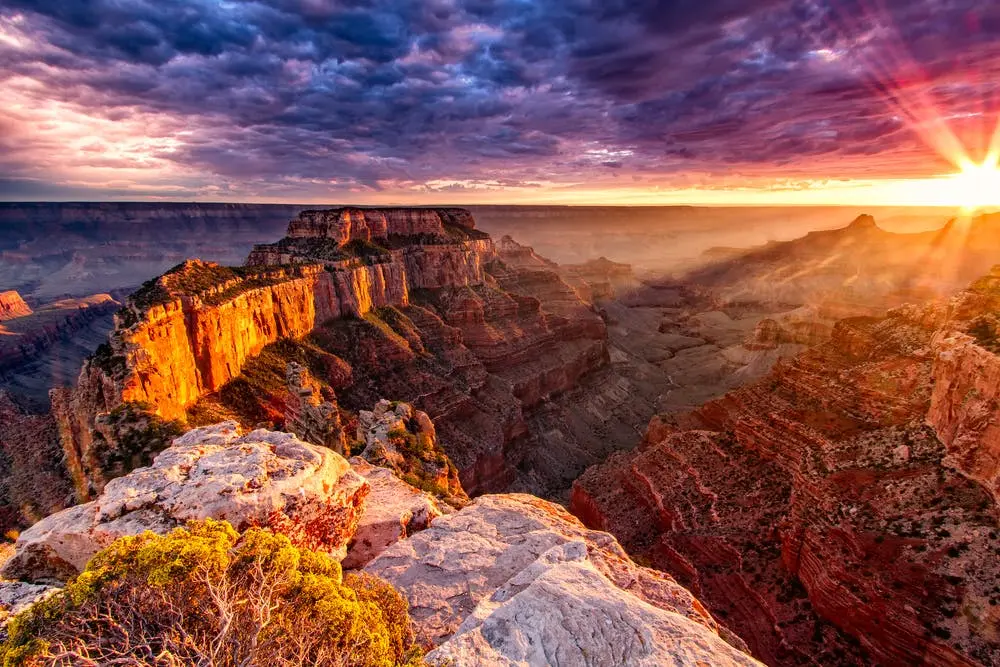
WIDE-RANGING INVENTORY
From affordable pop-ups to luxury motorhomesLARGEST RV RENTAL MARKETPLACE
Thousands of 5 star reviews from happy customersSECURE AND MOST TRUSTED
24/7 Emergency roadside assistance on every booking- Home
- National Parks
- Grand Canyon National Park
Exploring the Grand Canyon in Arizona in a rented RV is a fabulous idea because you can go hiking, kayaking, sightseeing, and engaging with wildlife. This RV guide to Grand Canyon National Park offers suggestions on how to get to the canyon and where to camp when you hike the Rim Trail, admire the Desert View Watchtower, and explore the exhibits at the Yavapai Geology Museum. While the park remains open year-round, many people find spring and fall the best time to visit because temperatures can soar in the summer. Winter also sees heavy snowfall. The Visitor Center for the South Rim is open daily from 8 a.m. to 3 p.m. and the North Rim Visitor Center is open daily from 8 a.m. to 6 p.m. When driving to Grand Canyon National Park in your RV, the best roads to take are Highway 64 if you're going to the South Rim or East Rim and Highway 67 if heading to the North Rim. Visitors diving to the Grand Canyon's South Rim need an RV that is 22 feet or shorter. This includes the vehicle if they are towing a trailer. If you’re headed to the North Rim, you can camp in RVs up to 30 feet long from mid-May to early November. Some roads in the park are not open to private vehicles. They include Hermit Road and Yaki Point Road. Some roads, like Point Imperial and Cape Royal, are only open to RVs 22 feet long or shorter. Neither of these roads offer stopping points, but Point Imperial overlooks the Painted Desert as the highest point on the North Rim and Cape Royal offers a panoramic view along its scenic drive. There are large lots for RV parking at Grand Canyon National Park. RVs must be parked in Lot 1, near the Grand Canyon Visitors Center, Lot B, near Market Plaza, or Lot D, near the Backcountry Information Center in Trailer Village. Note that these lots fill up early in the morning. Most RVers use Arizona Route 64 to access the South Rim. This entrance is approximately 5 miles south of the Grand Canyon Visitor Center, and most of the parking is easily accessible from this entrance. Visitors can find information about road closures on the National Park Service's Grand Canyon website or by calling 511 and entering code 4215#. Looking for RV rentals near Grand Canyon National Park? Start your trip with a rental in St. George, UT or Flagstaff and Sedona AZ. Big cities near the Grand Canyon include Phoenix, AZ and Las Vegas, NV, but the canyon’s closest South Rim city is Tusayan, AZ and Fredonia, AZ is nearest along the North Rim.
- Spring 40-70 F
- Summer 80-100 F
- Fall 40-70 F
- Winter 35-55 F
- Coming soon
- Grand Canyon National Park Private Vehicle: $35
- Grand Canyon National Park Motorcycle: $30
- Grand Canyon National Park Per Person: $20
RV Rentals Near Grand Canyon National Park
Nearby RV Rentals
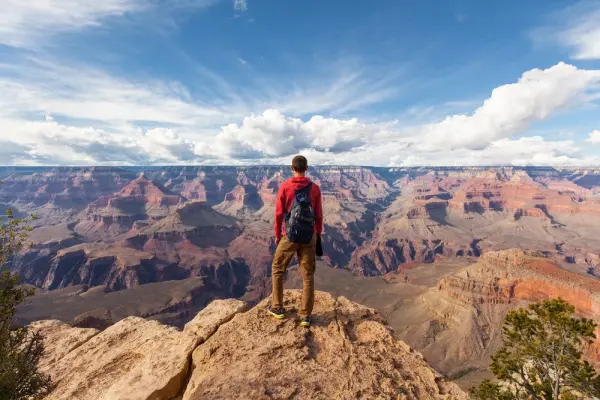
Grand Canyon National Park Hiking Trails
There are many hiking trails at Grand Canyon National Park, so everyone can find a perfect choice. Hiking along one of the trails allows you to get up close to the park's plants and wildlife. You’ll want to park in one of the three lots that accommodates RVs (Lot 1, Lot B, and Lot D) and use the shuttle bus to where you can hike the rim of the canyon or other trails.
Grand Canyon National Park North Rim Hikes
Grand Canyon National Park South Rim Hikes

Things to do Outside Grand Canyon National Park
While Grand Canyon National Park offers many fabulous places to explore and things to do, there are lots of other attractions in the surrounding area to explore.
Discover Nearby Towns and Cities
RV Resorts & Campsites near Grand Canyon National Park
You'll find many campgrounds to choose from within Grand Canyon National Park, Glen Canyon National Recreation Area, and Kaibab National Forest. A backcountry camping permit is required to camp anywhere except for the Mather, Desert View, and North Rim campgrounds. Additionally, boondocking is allowed at Grand Canyon-Parashant National Monument. You should book your Grand Canyon campsite up to six months in advance, and expect to pay between $18 and $50, depending on your group’s size.
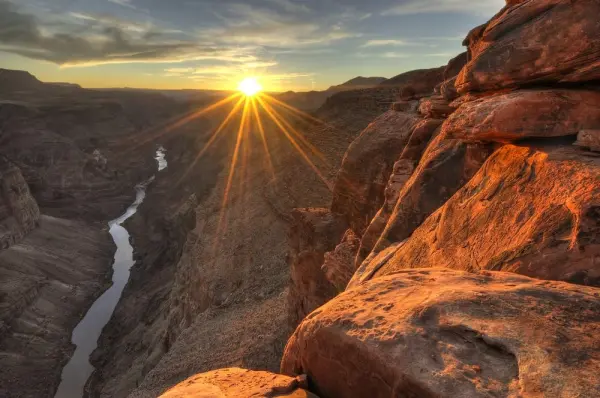
Campgrounds Near Grand Canyon National Park
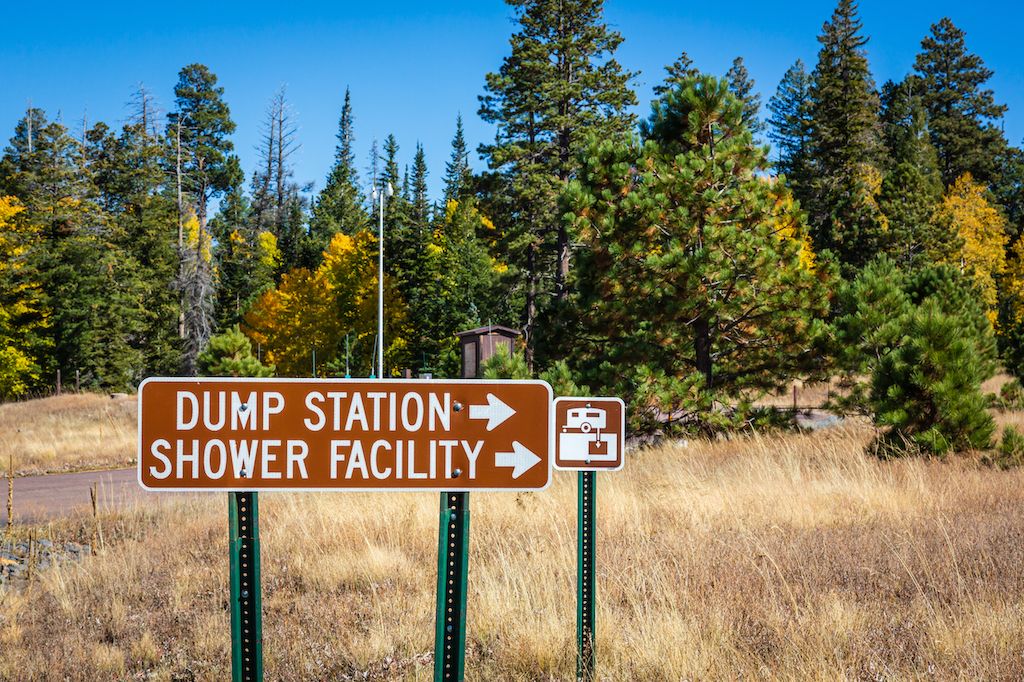
Find the Best Dumpstations Near Grand Canyon National Park
Dumpstations Near Grand Canyon National Park
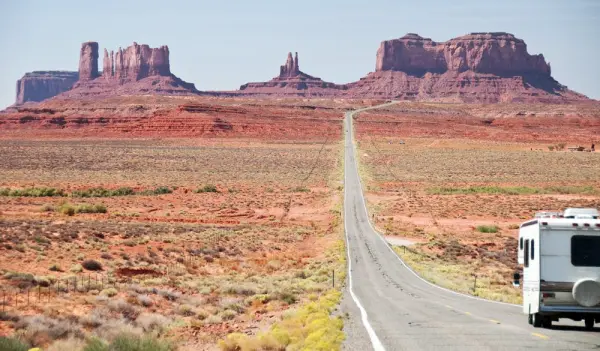
How to get to Grand Canyon National Park
When RVing to Grand Canyon National Park, there are three convenient gated entrances. Most visitors use the South Entrance on Highway 64, about 1 mile north of Tusayan, Arizona. The Desert View East Entrance is also on Highway 64, about 29 miles west of Cameron, Arizona. The North Rim Entrance is about 30 miles south of Jacob Lake, Arizona, and lies along Highway 67. This entrance is unavailable in the winter.

Frequently Asked Questions
Grand Canyon National Park is 1,902 square miles large. The canyon itself is one mile deep, 277 miles long and 18 miles wide although not all of the canyon is included in the national park.
Temperatures and climate vary at the Grand Canyon, depending on the elevation. The top of the canyon has colder, wetter weather while the Phantom Ranch area at the bottom of the canyon is drier and hotter. In summer, average highs are more than 30 degrees warmer than average lows in the park. Late summer also brings a monsoon season with thunderstorms.
In winter, the top of the canyon can get snow but it usually melts before reaching the canyon floor.
Yes, pets are allowed at Grand Canyon National Park. They are allowed on trails above the rim, at Mather Campground, at Desert View Campground, at Trailer Village, and in developed areas. Pets are not allowed below the rim, on shuttle buses, or in park lodgings unless they are staying with owners in a pet-friendly room.
Yes, reservations are required at Desert View Campground at Grand Canyon National Park. The other two campgrounds at the park - Mather Campground and the North Rim Campground - accept reservations as well.
Top things to do at Grand Canyon National Park include visiting Grand Canyon Village, stopping at Mather Point, and taking a mule ride into the canyon. There is plenty of hiking and exploring to do at the park as well.
Related
RV Rentals Near Hon-dah RV Park BLM Camping In South Rim Trail RV Rentals Near Camelot RV Park RV Rentals Near Five Star RV Park RV Rentals Near Kit Carson RV Park RV Rentals Near Loose Horse RV Park RV Rentals Near Desert Oasis RV Park RV Rentals Near Covered Wagon RV Park RV Rentals Near Hidden Hacienda RV Park RV Rentals Near Desertaire Adult RV Park RV Rentals Near Tiffany RV Park & Apartments RV Rentals Near San Gennaro Riverfront RV Park BLM Camping In Vermilion Cliffs National Monument RV Rentals Near Desert Cypress Mobile Home & RV Park RV Rentals Near Woodfield 55+ Park Model & RV Community
